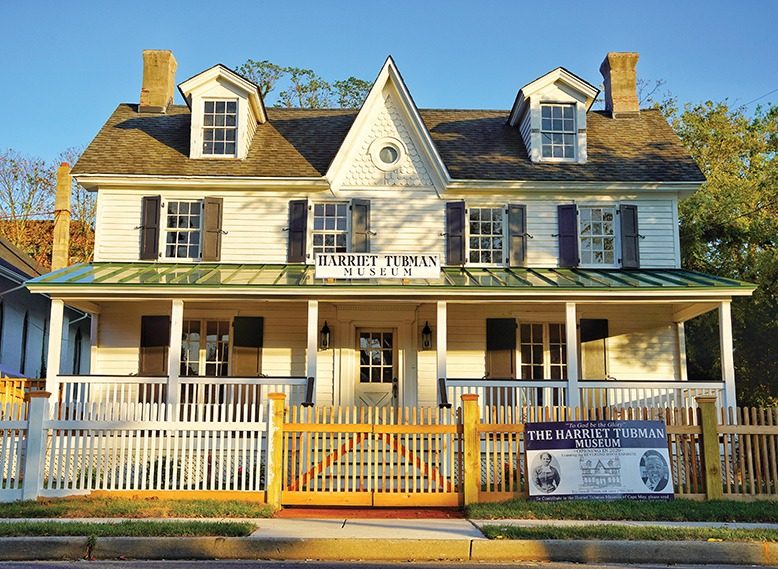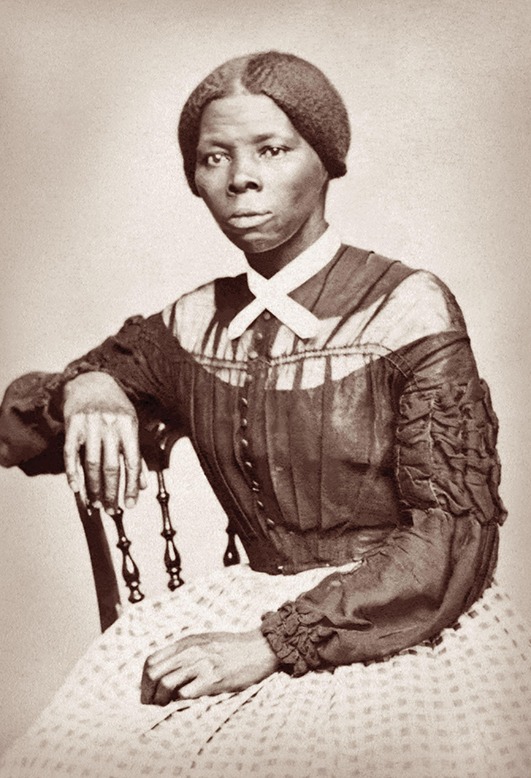
Renowned abolitionist Harriet Tubman is believed to have spent just one summer in Cape May, but a new museum there bearing her name preserves the work she and others did to help those who were formerly enslaved to reach freedom.
Cape May was a crucial stop on the Underground Railroad, a first foothold in the Northern states for Blacks who risked all to flee slavery in fragile boats across the Delaware Bay.
Tubman, herself an escaped slave from Maryland, spent the summer of 1852 in Cape May, working with abolitionists in the area and nearby Philadelphia to help more of the enslaved escape the South. Stephen Smith, a wealthy Black businessman and abolitionist from Pennsylvania, built a summer home in Cape May in 1846. Next door was the Banneker house, one of few free Black resort hotels at the time. Here, the corner of Lafayette and Franklin streets became a base of operations for the Underground Railroad.
[RELATED: In Orange, Painting the Nation’s Largest ‘Black Lives Matter’ Mural]
“This is a history that just hasn’t had a home,” says Cynthia Mullock, executive director of the Harriet Tubman Museum. The museum began as an effort to save the Howell House, the former home of the late Reverend Robert O. Davis, a 20th-century pillar of the community and pastor at Macedonia Baptist Church. Plans to turn the house into a cultural-heritage site expanded into something greater.
“The more we looked into that, the more this incredible history started revealing itself,” Mullock says.

Harriet Tubman circa 1865, some 15 years after escaping slavery. Alpha Historica/Alamy
The museum was founded in partnership with Macedonia Baptist Church and members of the Cape May community. It has also received support from Cape May County, with a Freeholder Sponsorship grant of $5,000.
In September, with Governor Phil Murphy helping cut the ribbon, the renovated Howell House was officially designated as the Harriet Tubman Museum of New Jersey.
Through donated artifacts, the museum tells an encompassing tale of the Black experience in early America. The museum’s Africa Room houses Reverend Davis’s collection of memorabilia documenting the early years of the transatlantic slave trade. The Grande Gallery features several depictions of Tubman and others, including The Journey to Freedom, a 9-foot-tall sculpture of Tubman by Wesley Wofford, on loan to the museum. The piece depicts Tubman shielding a young girl while leading her to freedom.
Along the walls of the Legacy Room, timelines of the once-prominent Black community in Cape May can be found. Previously accounting for 30 percent of the city’s population, the Black population today is down to less than 3 percent.
“There are these incredible stories of American history here in Cape May,” Mullock says. “We hope that this is a model for how the rest of the country can look at their communities’ pasts, too.”
As for Tubman, she left Cape May in fall 1852 and returned to Maryland’s Eastern Shore to lead nine escaped slaves to freedom. They were among the more than 300 people she is believed to have helped escape the South, including her parents and siblings.
